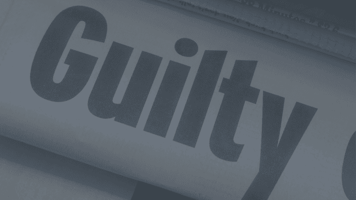Tom Fox suggests that “Blue Ocean Leadership” has implications for how Chief Compliance Officers (CCO) and other compliance practitioners can influence employees to “apply their talent and energy to move organizations forward” in compliance and ethics.“Blue Ocean Leadership” is used as a method for leaders to act in such a way that employees “buy” leadership. In case you are unfamiliar with the term, the key differences between “Blue Ocean Leadership” and traditional approaches are:
- Focus on the acts and activities of leaders in order to boost the teams’ motivation and business results. Employees inspired by leadership perform better.
- Allowing “front line” employees to connect more closely with market realities. By asking for input, they feel more involved with the outcome.
- Distribution of leadership across all levels of management.
Here are some of my thoughts on the connection between “Blue Ocean Leadership” and data analysis/compliance:
- It strikes me that enabling “Blue Ocean Leadership”, like successful compliance, begins with understanding behaviors. Leaders won’t know what acts and activities work without measuring the impacts and resulting behaviors of said acts and activities.
- It’s also tough to maintain a close connection to market realities without knowing what those market realities are. Leaders need facts regarding market behavior in order to have a clear grasp on market realities.
- Finally, distribution of leadership only works to the extent that distributed leaders are measured. Which ones are achieving results and why? Which ones are lagging the field and why?
It won’t surprise those who have read my previous posts when I say that achieving these three objectives begins with “inspecting what you expect.” Whether the objective is compliance, sales, marketing, development, or successful leadership, leaders need to know where the gaps exist between theory and reality.
This understanding comes from studying the analysis of whatever you are trying to measure. For compliance leaders, “inspecting what you expect” is the scorecard for understanding the acts and activities that yield the best results. What impact are different efforts having? Which locations are realizing the best results from changes in activities? Are new activities having any impact at all? Measuring cause and effect is critical to achieving the first difference in “Blue Ocean Leadership,” otherwise, why are you even bothering to influence behavior? You want to know something, and concrete data via measuring activities can help.
“Inspecting what you expect” also serves as the barometer for understanding compliance realities in the organization. Who are the highest risk individuals in the organization based on their activities? Which relationships are the highest risks based on their activities? Which geographies represent the highest risks based on activities? Understanding realities based on activities and actions is critical to understanding the realities of the “market” or the economy of your company’s spending program.
Finally, as compliance leaders distribute leadership, “inspecting what you expect” is the glue that holds everything else together. Understanding how individual leaders are doing is what ultimately helps all employees apply their talent and energy to move the organization forward.
Compliance leaders can apply this philosophy of “inspect what you expect” through automated monitoring and analysis solutions that are focused on compliance behavior and trends



